Landscape Photography Workshop Oct 22 2023 (Participant Discussion)
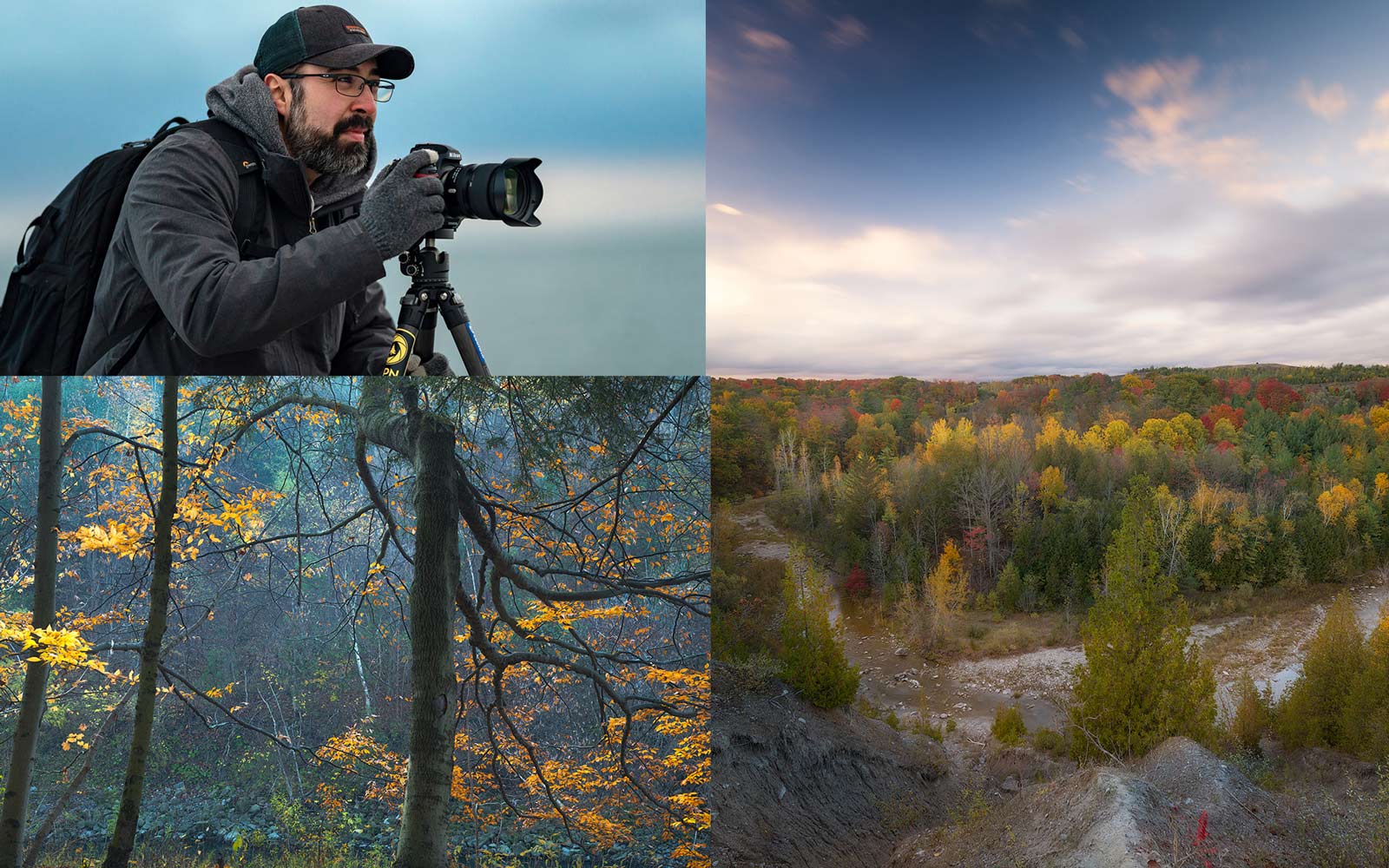
Welcome
Welcome to the page supporting the landscape photography workshop on Oct. 22 with photographer Chris Noronha and Tdot Shots.
Location: We will meet at a location TBA. A link to a Google map will be emailed the day before.
Time: We start at 7:30 AM which is when parking opens. Any instructional information will not start until after 8:00 AM to account for late arrivals. There is a charge to park. You can view the Official Rouge Park web page by Parks Canada.
A Forum for Us to Meet and Discuss
This page was designed for us to share tips and get to know each other. Please review the resources and feel free to leave a comment introducing yourself.
Sample starter questions:
- How can we bring an artistic approach to our landscape images?
- What techniques are useful when photographing nature?
- What tools can elevate our landscape photography?
Feel free to ask any questions you like and we will discuss. 🙂
To comment you must be a member and be logged-in. Creating a user account is easy. Please add a bio and picture to your profile.
Looking forward to seeing you on the 22nd!
19 responses to “Landscape Photography Workshop Oct 22 2023 (Participant Discussion)”
-
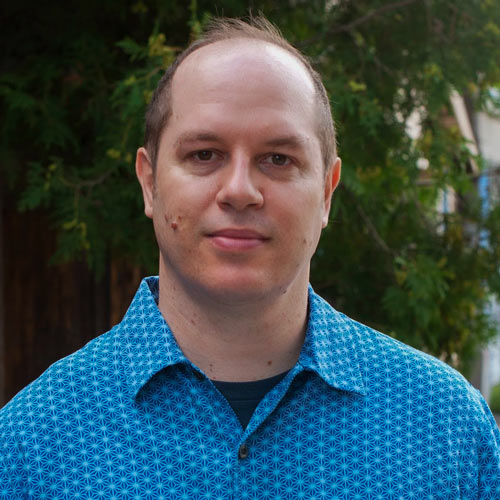
Hey everyone. Thanks Chris, for agreeing to lead this workshop. It’s great to collaborate.
My question is about using filters. Generally speaking is there some filter, for example ND or polarizer you find you will use on a shoot in a place like Rouge Park? Can you tell me more about using them?
Thanks a lot. Looking forward to the event!
-
Thanks for the question, Mike.
While filters like polarizers and ND filters can enhance fall foliage by managing reflections and controlling light, capturing stunning fall colours doesn’t always require filters. Utilize natural lighting, experiment with angles, and leverage the inherent vibrancy of the season for beautiful shots.
That being said, polarizing filters and neutral density (ND) filters are both great tools to help enhance the quality of your images.
The one filter I use most would have to be my Polarizing Filter: A polarizing filter is used to manage reflections, reduce glare, and enhance the saturation and contrast of the colours in your photographs. When shooting fall colours, a polarizing filter can help you capture the vividness of the foliage by reducing the glare from leaves, water, or other reflective surfaces. It can deepen the blue of the sky, making the contrasting colours of the foliage stand out more effectively. When using a polarizing filter, be mindful of the angle of the sun, as the effect of the filter is most prominent when shooting at a 90-degree angle to the sun. Adjust the filter accordingly to achieve the desired effect.
While I mostly use my Neutral Density (ND) Filters in specific use cases (ie. creative long exposures, or shooting in harsh light, I (personally) don’t use them as much as a polarizer.
An ND filter is primarily used to reduce the amount of light entering the lens, allowing you to use a wider aperture or slower shutter speed even in bright conditions. When shooting in bright sunlight, especially during the fall when the light might be intense, an ND filter can help you achieve a balanced exposure without overexposing the image. It is particularly useful when you want to create a motion blur effect in moving water or capture the soft, flowing movement of the wind through the colourful foliage. Experiment with different levels of ND filters to find the right balance between the exposure time and the desired effect.
It’s a great idea to experiment with different settings and angles to understand how the filters interact with the specific lighting conditions and the vibrant colours of the fall foliage in Rouge Park. Always consider the creative outcome you aim to achieve and adjust the filters accordingly to capture the stunning beauty of the autumn landscape.
-
-

Great opportunity to grow our skills. Speaking of which here is a link to a great video by landscape photographer Mads Peter Iversen.
https://www.youtube.com/watch?v=H6ymyNkTt5s&ab_channel=MadsPeterIversen
Hope you may find this video useful. 👍
-
I have a question about focusing. I am confused about where to place the focus point in the scene. I have read to set the focus a third of the way into the scene, and then everything should be in focus. So, when would focus stacking be needed? If there is a strong subject is it okay to have some background blur in landscape photography?
I’m looking forward to the workshop!
-
Hi Jennifer,
Thank you for your question! Focusing in photography can significantly impact the overall look and story of an image. The technique you mentioned, placing the focus point approximately one-third into the scene, is a rule of thumb for creating a balanced composition, particularly in landscape photography. However, this doesn’t necessarily guarantee that everything will be in focus, especially when using wider apertures.
Focus stacking, on the other hand, is a technique used when you want to achieve an extensive depth of field, particularly in macro photography or situations where the subject and its surroundings require sharp focus. It involves capturing multiple images of the same scene, each with a different focal point, and then blending them together using specialized software during post-processing. Focus stacking is especially useful in situations where using smaller apertures would result in a loss of image sharpness due to diffraction.
In landscape photography, having some background blur can indeed enhance the visual appeal of the image, creating a sense of depth and emphasizing the main subject. This technique helps draw the viewer’s attention to the subject, creating a more engaging and dynamic composition. So, it’s absolutely acceptable to utilize background blur in landscape photography to highlight a strong subject, as long as the overall composition remains visually appealing and well-balanced.
Remember, photography is also an art form, and creative choices like using selective focus or background blur can be used to convey a specific mood or narrative in your images. Experimentation and understanding the impact of various techniques on the overall visual storytelling can help you make informed decisions about where to place the focus point and how much background blur to incorporate in your landscape photography.
-
-
Hi Everyone,
Really looking forward to seeing everyone on Sunday and taking in all the amazing fall colours at Rouge Park.
Going to be answering all your questions here.
See you all Sunday!
-
One thing I will mention is all Parks Canada places are ‘no drone zones’ for recreational use. If you do not possess a permit or special permission to fly your drone in a Parks Canada place (and are caught) it may result in law enforcement action and a fine of up to $25,000.
Obviously, we can’t stop anyone from taking the risk, but due to the popularity of the park during the peak fall colour season, there will be extra Parks Canada employees wandering around.
Also, one less piece of gear to carry around. LOL
-

Great tip Chris. We will keep that in mind.
-
-
-
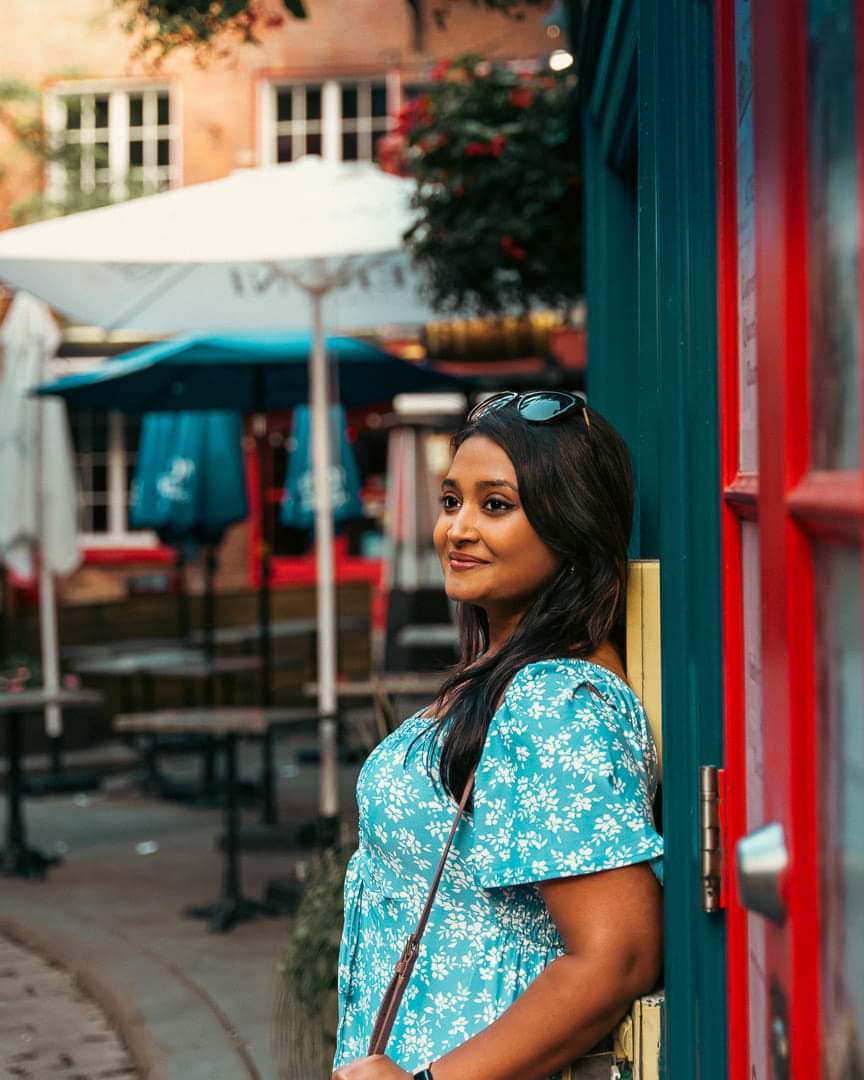
Thanks for arranging this workshop. Looking forward to learning new tricks and meeting everyone.
See you Sunday
Tahsin-

Thanks for the support and looking forward to meeting you Tahsin.
It’s going to be great to practice some landscape photography in such a beautiful spot.
-
-
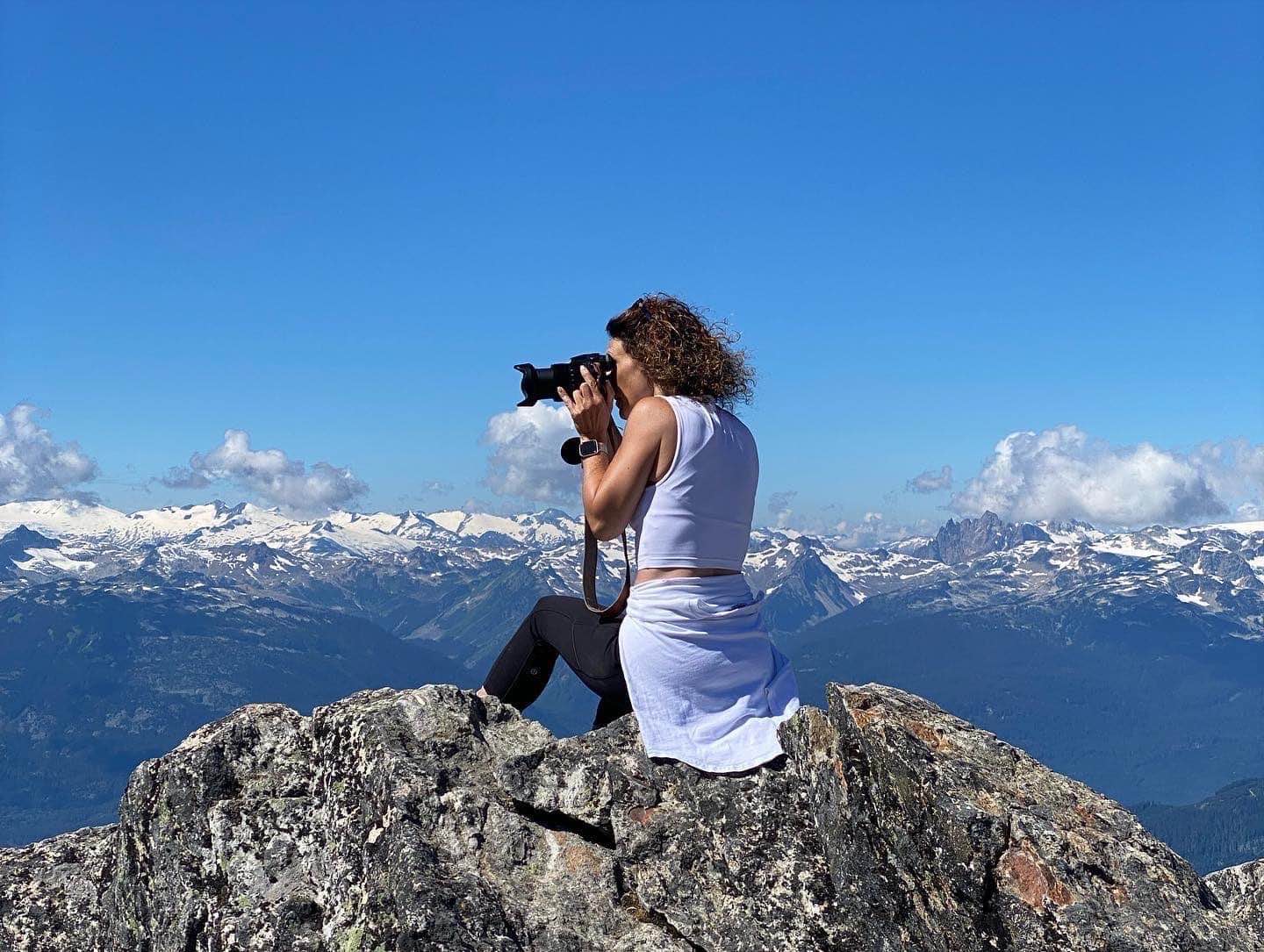
Really looking forward to the workshop! Excited to capture the beauty of Fall and to meet all the participants.
I also love the opportunity to learn new techniques for my photography.-

Thanks for the kind words and support. You’re correct, it’s definitely a good opportunity for networking. Plus we will definitely pick up a few new ideas about photography techniques. 👍
We look forward to seeing you at the event.
See you Sunday!
-
-

Please note an earlier version of this page indicated we’d meet near the main entrance. This has changed and location is TBA. You will be notified of the meeting location the day before the event in the morning email update.
If you have any questions please email [email protected]
Thank you.
-
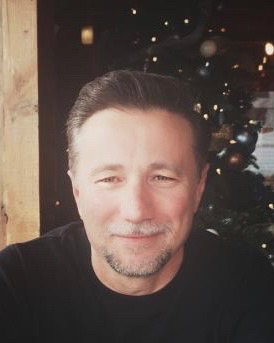
Looking forward to meeting everybody. Will be a fun day!
Ardian
-

Hey Ardian. Thanks for the comment. Great to hear from you and excited to see you at the workshop!
-
-
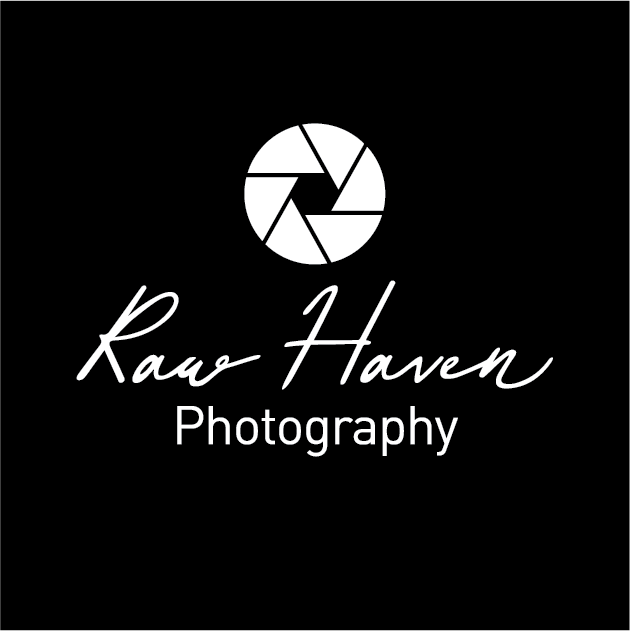
Look forward to meeting everyone. Is there a specific spot we are meeting at?
-

Hello and thanks for the comment. We will meet at a location TBA. A link to a Google map will be emailed the day before.
Also regarding the weather we meet rain or shine. Though if there is torrential rain or high winds we also may use the rain date for the following Saturday Oct. 28.
-
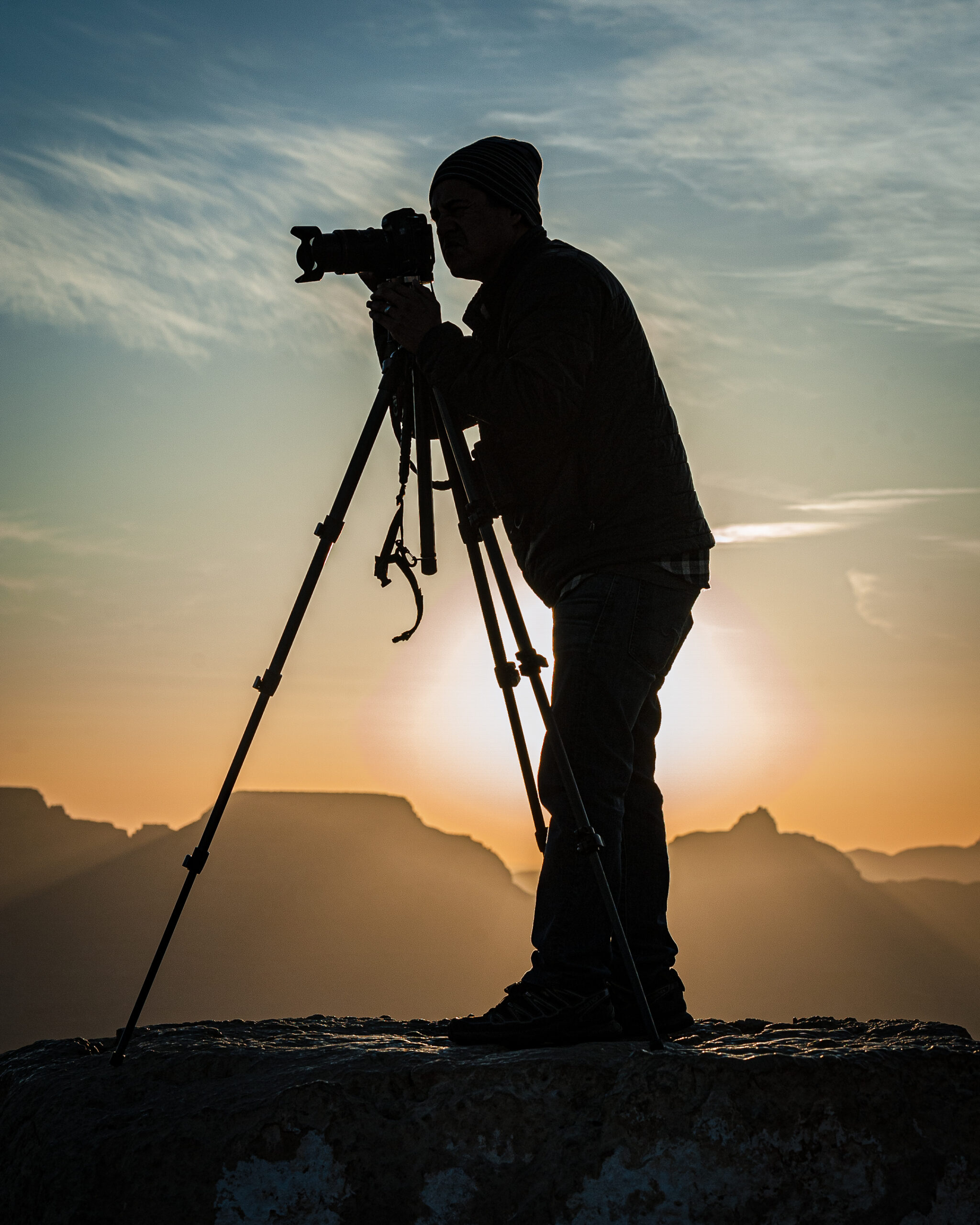
Thanks again to you and Chris for organizing/leading today’s photo walk. I will definitely be returning to the Rouge National Urban Park to hike some of the trails and make photographs along the way. I can’t believe how much it has been developed since moved away from area 20 years ago after living on the edge of the park for 20 years before I moved.
It was also great to meet some more photographers in person who I follow on IG.
Rob
-

Appreciate that Rob. Thanks for all your support. Enjoy the rest of the fall season 🍁👍
-
-
-


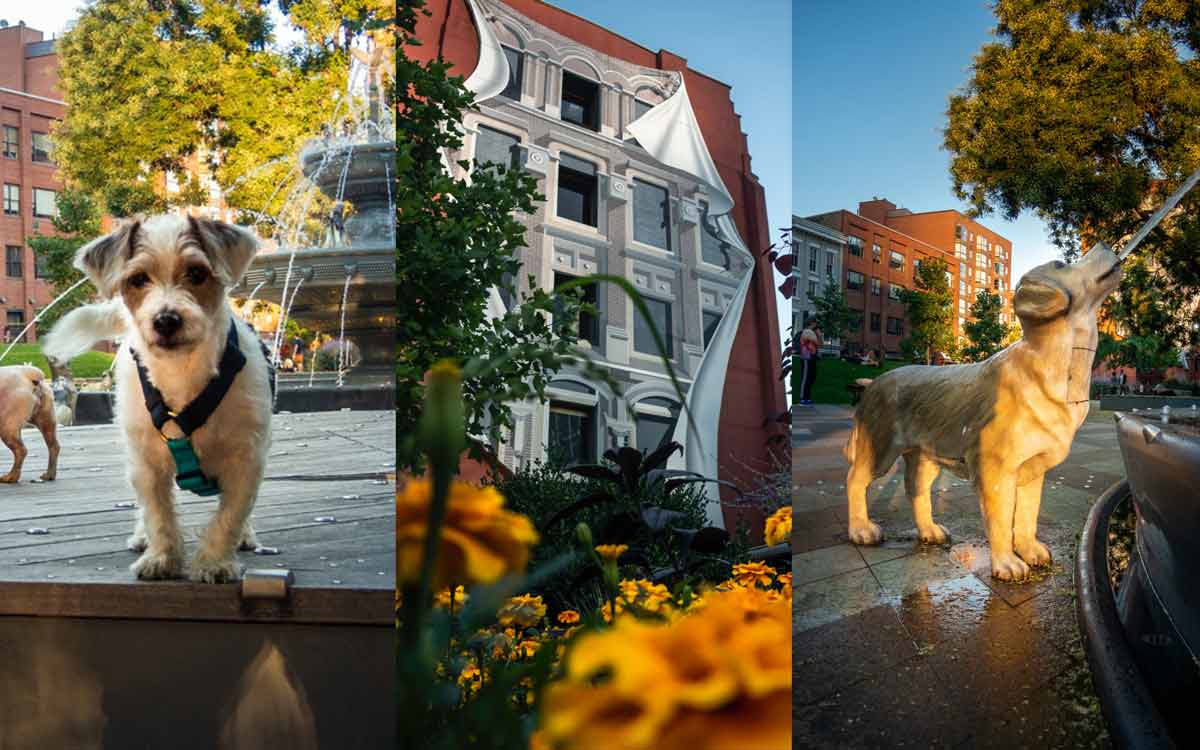

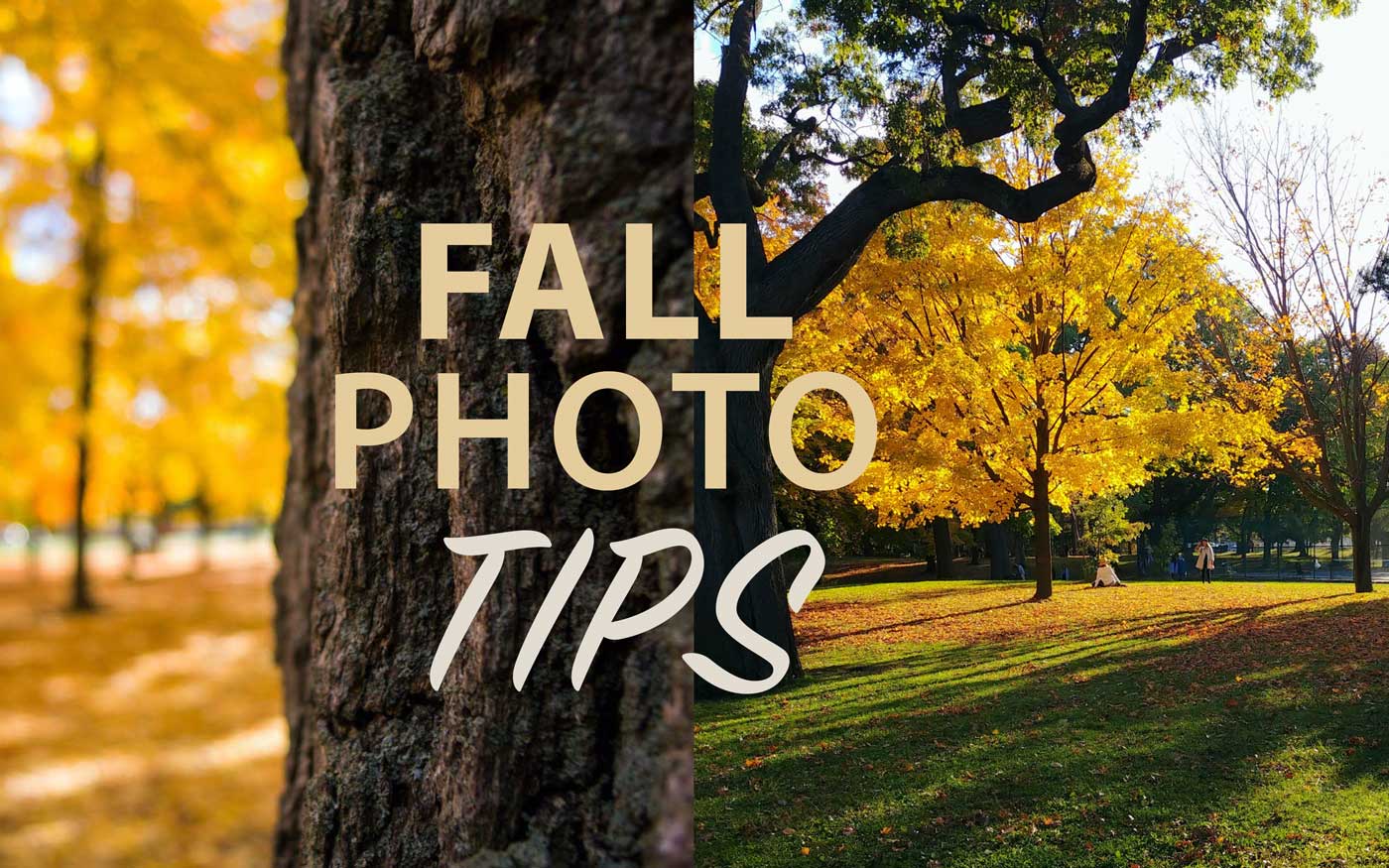

Leave a Reply
You must be logged in to post a comment.